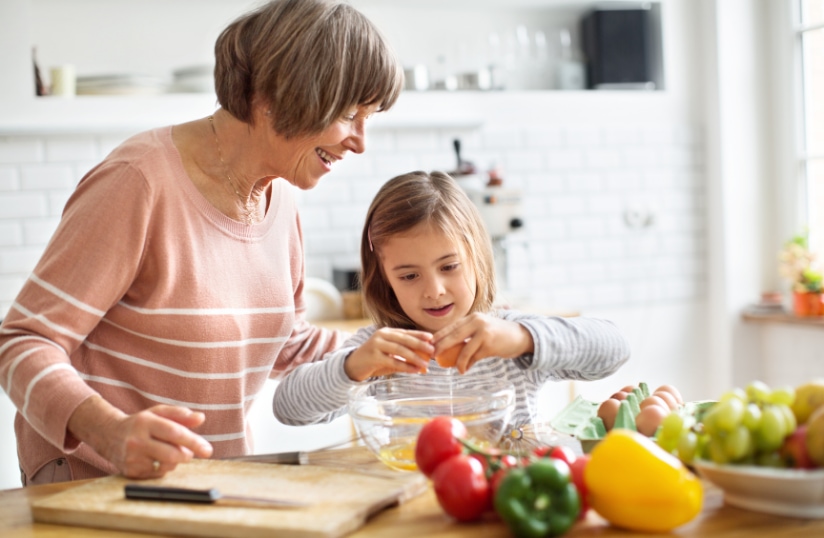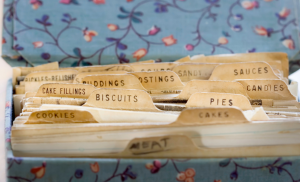Blog
Creating a Legacy Cookbook: Preserving Family Recipes

Can you make biscuits like your mother used to? Or perhaps you’re famous for your lasagna, fried chicken, or a special dessert. Creating a legacy cookbook allows you to share your kitchen know-how and provide your family with a treasured keepsake. Whether you’re often asked for cooking advice or want to preserve cherished recipes, this project lets you leave a lasting mark on the next generation.
How to Create a Legacy Cookbook
Compiling a book might seem daunting, but with many available digital and physical tools, you’ll find creating your heirloom cookbook enjoyable. Deciding what recipes to include might be the hardest part. So, let’s get started.
Determine the Format
Unlike in the past, creating a legacy cookbook now means deciding whether you want a physical copy with bound pages or a digital version like a website, video, podcast, or even a documentary. Consider these factors to help you decide:
- Printed: Type, handwrite, or copy all recipes and organize them in a pleasing layout. This format allows sharing of pictures and family anecdotes. You can have the pages bound by a company or purchase binding materials to do it yourself.
- Website: Use sites like Wix, Squarespace, and others that offer free templates and tools to design a digital cookbook. You can update recipes, add notes, and include videos and pictures. Share the site with your family.
- Podcast: If you’re media-savvy, a podcast can be a fun way to share recipes. Discuss the recipes, bring in family members or friends, and maybe even cook while sharing the story behind the dish.
- Video/Documentary: Consider a cooking show version if you’re comfortable in front of the camera. Involve family and friends, and share their stories about the dish or special family memories.
What About Pictures
Include pictures from family gatherings, especially with everyone around the table enjoying a meal. These pictures are priceless, especially if you label them with names. Also, add stories, interesting tidbits, and fun facts that make your family unique. The next generation will appreciate knowing their roots through an heirloom cookbook.
Organizing a Legacy Cookbook
There’s no wrong way to organize your cookbook. Consider grouping recipes by seasons, holidays, special family events, meal types (breakfast, lunch, dinner, desserts), or categories (appetizers, soups, main dishes, veggies). Gather all the recipes, then decide on the best organizational style. Be sure to include a table of contents.
Choosing the Recipes
There are two approaches: make all selections yourself or ask family members to contribute their favorite recipes.
- Solo Selection: “Make a list of the recipes you share often. Look through your cookbooks for stained, splattered, or dogeared pages – these usually indicate favorite recipes. Add any personal notes to the recipes.
- Family Contributions: Reach out to family members for their favorite recipes, making the project collaborative.

Measurements, Terminology, and Ingredients
Add a page explaining abbreviations (e.g., tsp. for teaspoon, lb. for pound) and cooking terms (e.g., sauté, roux, simmer). That helps keep the recipes accessible and understandable.
Put it Together
Once you’ve collected all the recipes, pictures, and stories, it’s time to assemble your cookbook. Whether you choose a hard copy or a digital version, your legacy cookbook will be a prized possession.
So, what recipes will you include in your cookbook? We’d love to know. Why not start your legacy cookbook today? It would make a wonderful gift, especially with the holidays around the corner!